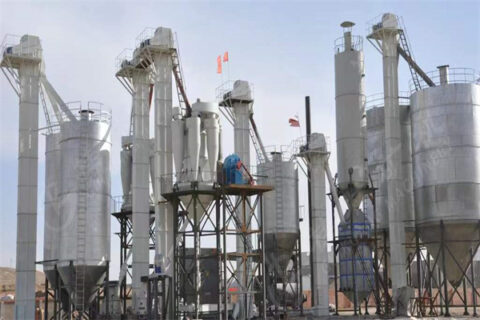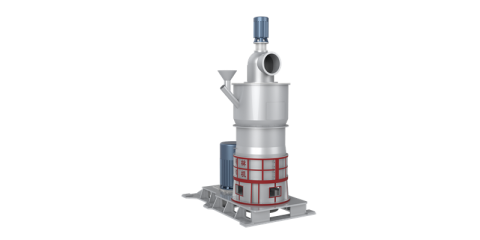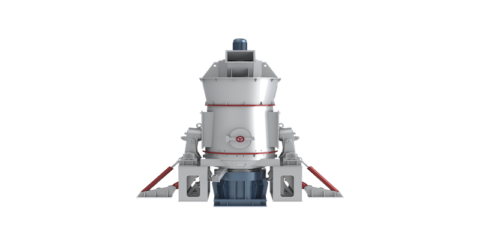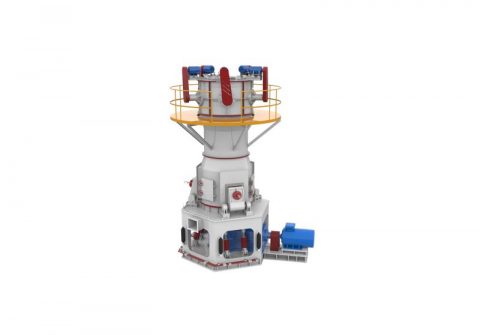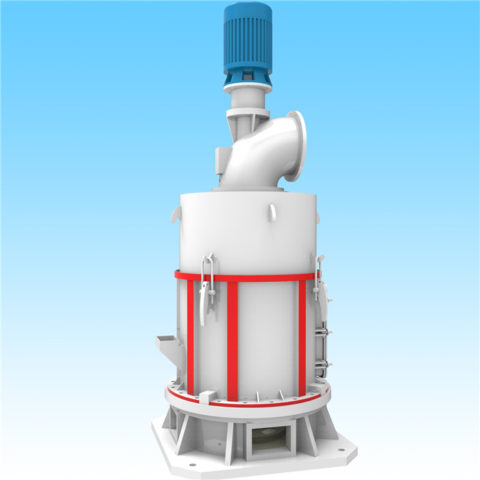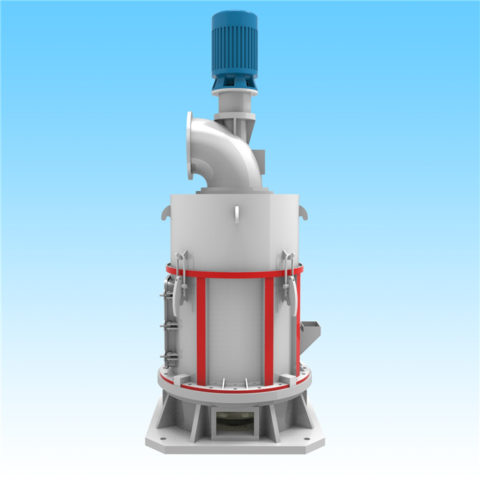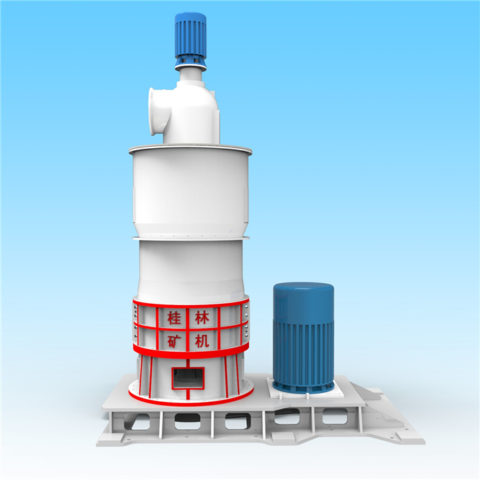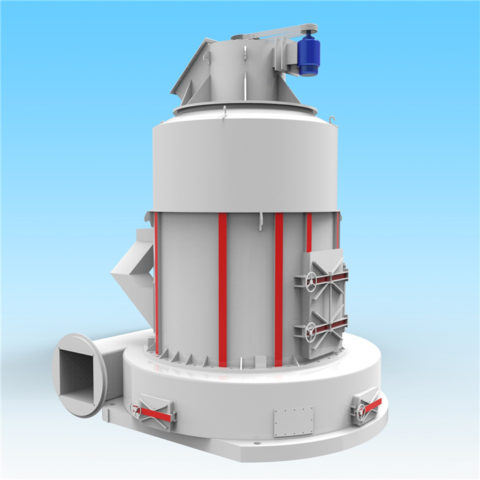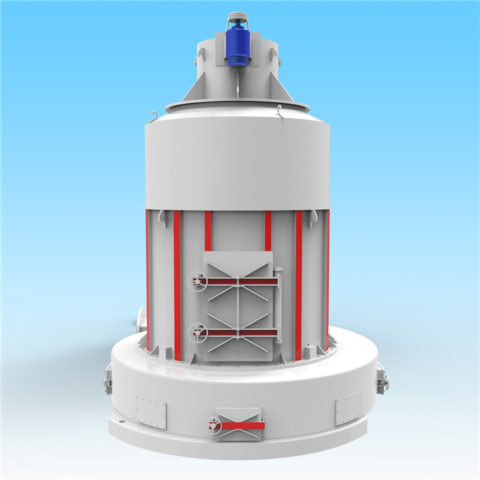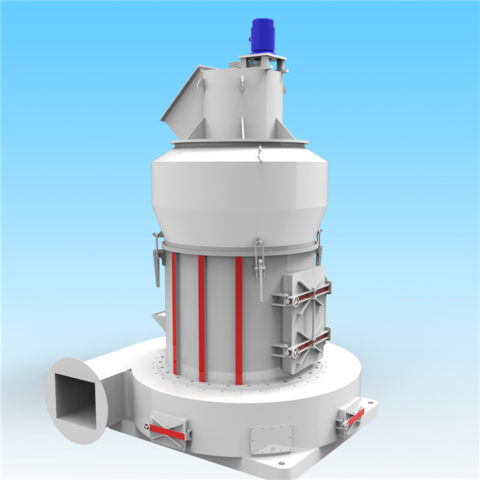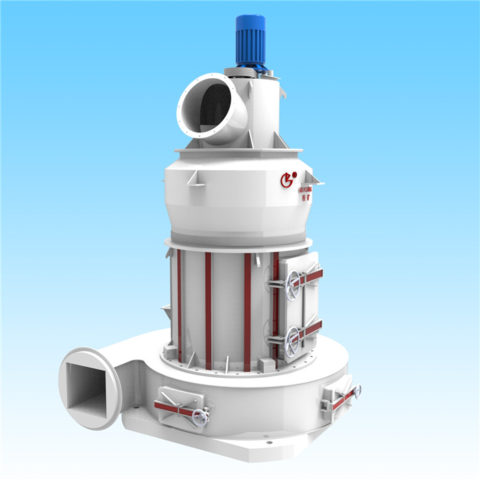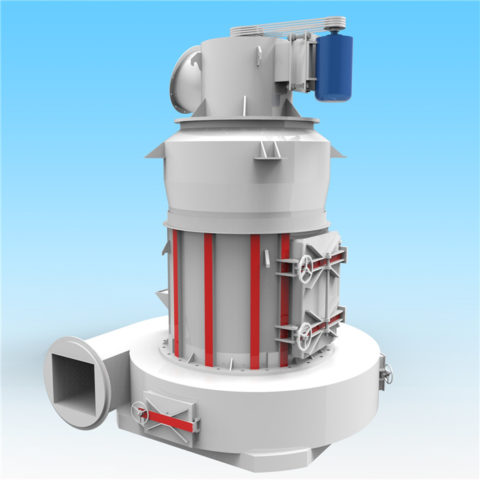According to the types of iron-containing content, the common iron ore can be divided into magnetite, hematite, martite, v vanadium titano-magnetite, limonite and siderite ore and mixed iron ore that consists of two or more than two iron-containing content. Among them, the magnetite – hematite (siderite) is a common mixed iron ore, which is usually separated by the combined process composed of a variety of mineral processing processes.
magnetite-beneficiation
1. Single magnetite – hematite (siderite) separation process
The iron mineral in the single magnetite – hematite (siderite) contains magnetite and hematite or siderite, most of which are fine-grained disseminated. The gangue minerals are mainly quartz, some of which contain more ferrosilite. The proportion of magnet in this ore varies and increases gradually from the surface to the deep of the deposit. Here are two magnetite separation processes commonly used for single magnetite – hematite (siderite):
◆ Weak magnetic separation-gravity separation/flotation/strong magnetic separation combined process
Adopting the weak magnetic separation to recover the magnetite, and the gravity separation, flotation or strong magnetic separation to recover the weak magnetic iron ore. The practice shows that for the weak magnetic separation-flotation process, the flotation can be placed after the weak magnetic separation according to the ore properties and the actual situation of the concentrator, so as to ensure the stability of production indicators and save costs. For the weak magnetic separation-gravity separation process, it is recommended to use the weak magnetic separation-strong magnetic separation or weak magnetic separation-strong magnetic separation-gravity separation process to get a higher separation index.
magnetite-separation-plant
◆ Magnetization roasting magnetic separation process or the combined processes
The magnetization roasting magnetic separation process of single magnetite-hematite (siderite) is similar to that of single weak magnetic iron ore, but in the combined process of magnetization roasting magnetic separation process with other ore dressing methods, the combined process of weak magnetic separation and other ore dressing methods is often used for the powder.
2. Polymetallic magnetite – hematite (siderite) separation process
The iron minerals in the polymetallic magnetite – hematite (siderite) are mainly magnetite and hematite or siderite with medium and fine grains dissemination. The gangue minerals mainly include silicate and carbonate minerals or fluorite, and are associated with apatite, pyrite, chalcopyrite and rare earth minerals.
The polymetallic magnetite – hematite (siderite) separation process is relatively complex in the iron extraction, generally the combined process composed of weak magnetic separation and other processing methods. That is, adopting the weak magnetic separation process to recover the magnetite, then using the gravity separation and flotation or magnetic separation process to recover the weak magnetic iron ore, finally using the flotation process to recover the associated elements.
magnetic-separator
For rare earth-containing magnetite ore, the reducing roasting magnetic separation-flotation process can be used when there is a large amount of hematite in the magnetite. That is, adopting the reducing roasting magnetic separation to extract the iron ore, and the floating the rare earth minerals after the reducing roasting, which greatly improves the separation index.
The above are the common magnetite separation processes. Due to the different species of magnetite ore, most magnetite concentrators will adopt the combined process consisting of multiple beneficiation methods. Therefore, for the magnetite separation, it is suggested to develop a suitable technological process according to the mineral processing test, and rationally choose an appropriate magnetite separation process according to the final test report.

